Did you know cucumbers are not just found on land; they also grow in the ocean? These are known as sea cucumbers, and surprisingly they are animals, not plants. Our oceans and seas are filled with many such surprises and all sorts of creatures, many of which we humans have only just begun to learn about. These creatures play a crucial role in our ecosystem, impacting our lives in several ways. By exploring their world, especially for kids, we can understand why it is so important to value and protect marine life.
Sea animals are creatures that inhabit the depths of the oceans. This group includes various types of fish, such as sharks, pufferfish, and angelfish; molluscs like snails, clams, and oysters; crustaceans such as crabs and shrimp; and marine mammals like whales, dolphins, sea lions, and walruses. Additionally, some birds, like seagulls, and reptiles, including saltwater crocodiles and turtles, are also classified as sea animals.
Ocean Animals Names
Dolphins: Dolphins are smart and social marine mammals that usually live in warm coastal areas. They are famous for their playful antics, acrobatic skills, and advanced ways of communicating. Using echolocation, dolphins can find their way and hunt for fish and squid.
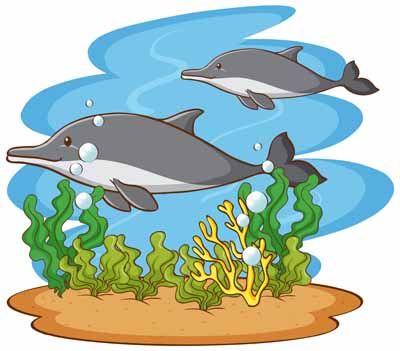
Sharks: Sharks are top predators found in oceans all over the globe. There are more than 500 different species of sharks, from the tiny dwarf lantern shark to the massive whale shark. Even though they have a scary reputation, many shark species are in danger due to overfishing and losing their habitats.
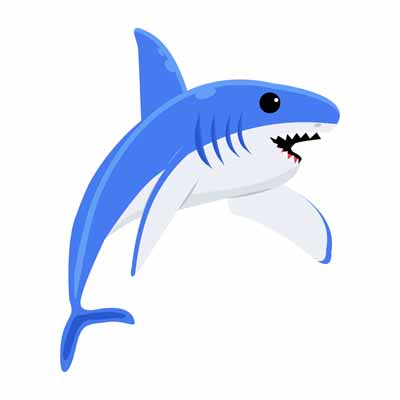
Sea Turtles: Sea turtles are ancient reptiles that have existed for millions of years. They are known for their long journeys across the ocean and can be found in waters all around the world. Some species include the leatherback, green, and hawksbill turtles, each with its unique traits and behaviours.
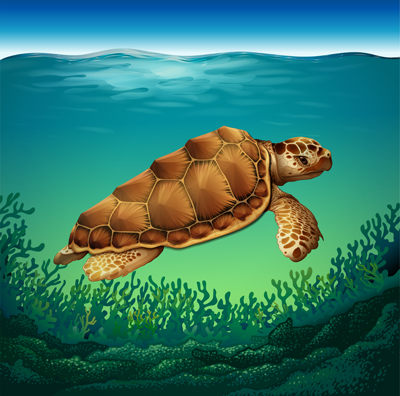
Octopuses: Octopuses are clever cephalopods with eight arms and an amazing ability to change their colour and texture. They live in various marine environments, from coral reefs to the deep ocean. Octopuses are recognised for their problem-solving abilities and talent for escaping tricky situations.
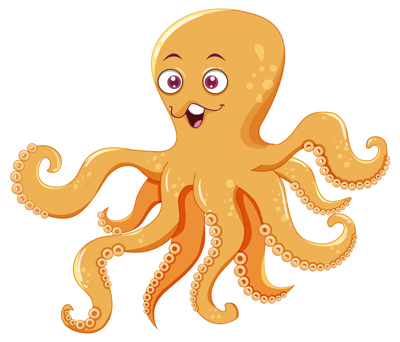
Whales: Whales are the largest mammals on the planet and can be found in every ocean. They are categorised into two main types: baleen whales, which filter-feed on tiny organisms, and toothed whales, which include species like sperm whales and orcas.
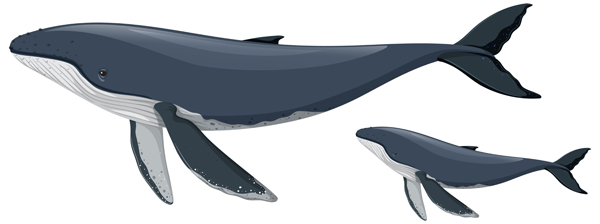
Jellyfish: Jellyfish are soft, jelly-like creatures that float along with ocean currents. They have long tentacles with stinging cells to catch their food. Jellyfish can be found in oceans worldwide, from the surface to the deep sea.
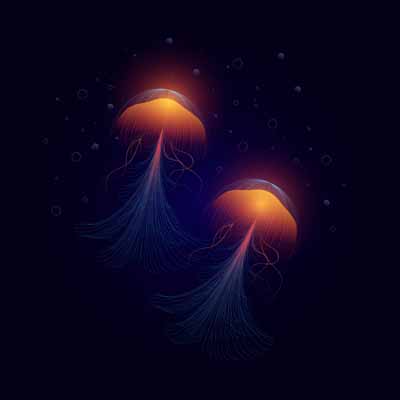
Clownfish: Clownfish are small, colourful fish that live in close association with sea anemones. They are found in the warmer waters of the Indian and Pacific Oceans. Clownfish are easily recognised by their bright orange and white stripes and their special relationship with anemones.
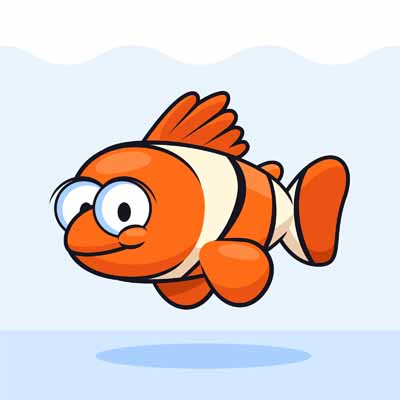
Seahorses: Seahorses are small fish that get their name from their horse-like heads. There are over 50 different species of seahorses. They use their dorsal fins, which are located on their backs, to swim slowly. To go up or down in the water, seahorses change the amount of air in their swim bladders, which is a special air pocket inside their bodies.
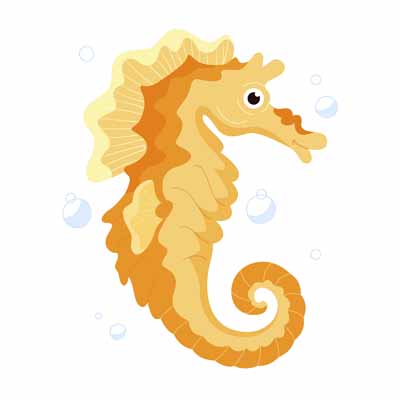
Ocean Animals List by Zone
To help children understand where different ocean animals live, it is helpful to categorise them by the ocean zones they inhabit:
Epipelagic Zone: This zone goes from the surface down to about 200 meters and gets a lot of sunlight. Animals you might find here include dolphins, sharks, sea turtles, and various types of fish.
Mesopelagic Zone: This area stretches from 200 to 1,000 meters deep and has limited light. Some animals that live in this zone are certain squid species, lanternfish, and glowing jellyfish.
Bathypelagic Zone: This zone reaches from 1,000 to 4,000 meters deep and is completely dark. Creatures like the giant squid, anglerfish, and gulper eel can be found here.
Abyssopelagic Zone: This zone goes from 4,000 meters down to the ocean floor. It is a dark, cold, and high-pressure place where you can find unique animals like deep-sea anglerfish, tripod fish, and some types of sea cucumbers.
Hadal Zone: Located below 6,000 meters, this zone includes the deepest parts of the ocean. Animals that live here include certain amphipods, snailfish, and tiny deep-sea microorganisms.
Exploring the world of animals that live in the ocean with young children is a journey filled with discovery and wonder. By introducing children to various ocean animals’ names, their habitats, and interesting facts about ocean animals, we can foster a lifelong appreciation for marine life and the importance of ocean conservation. Encouraging curiosity and engaging in hands-on activities can make learning about the ocean an enjoyable and enriching experience.
At Mother’s Pet Kindergarten, we are dedicated to providing an educational environment that nurtures young minds and inspires them to explore the natural world with enthusiasm and curiosity. Our holistic approach ensures that children not only gain knowledge but also develop a deep sense of wonder and respect for the environment.

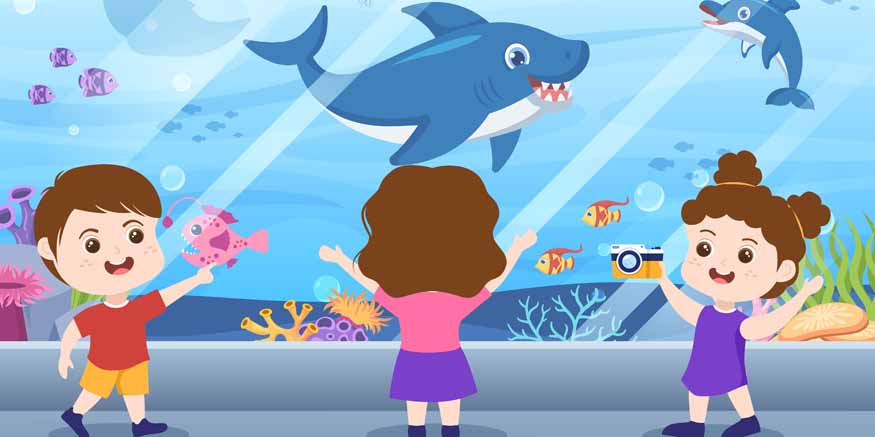








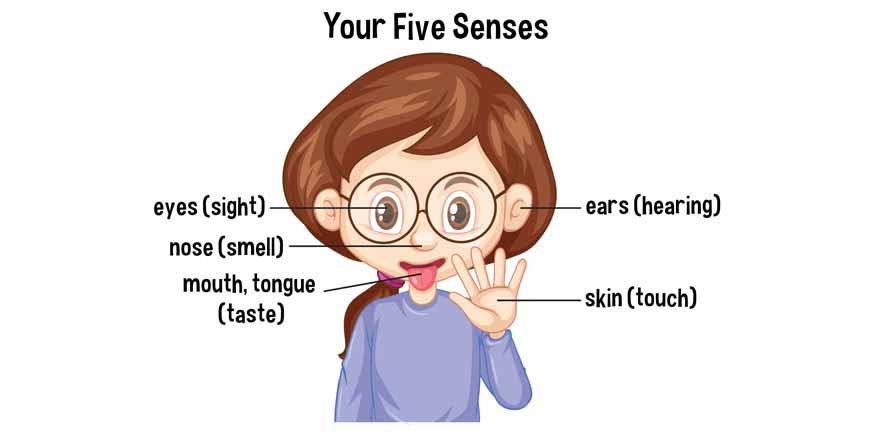

Recent Comments